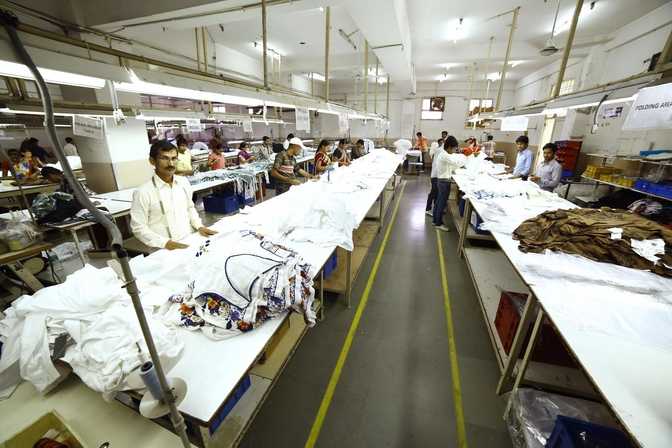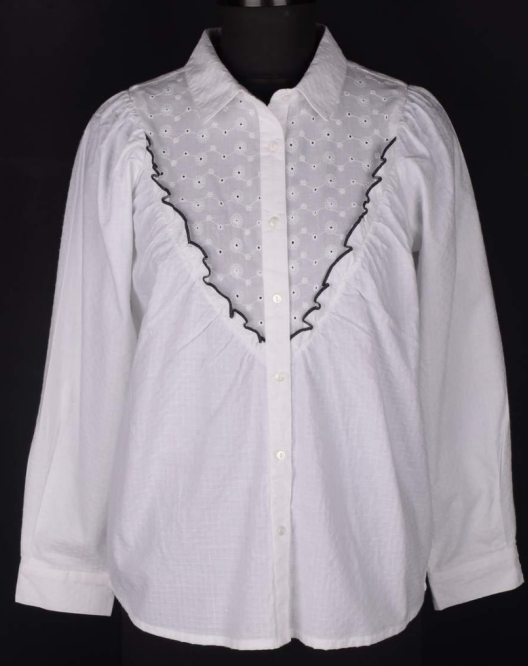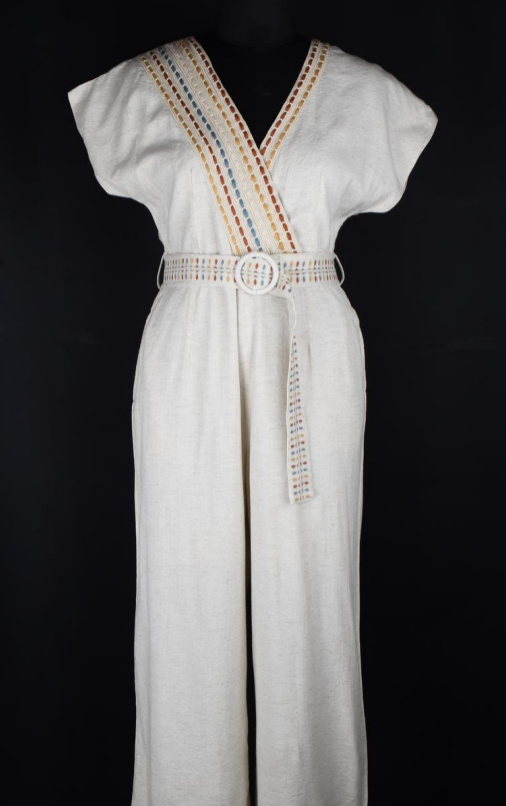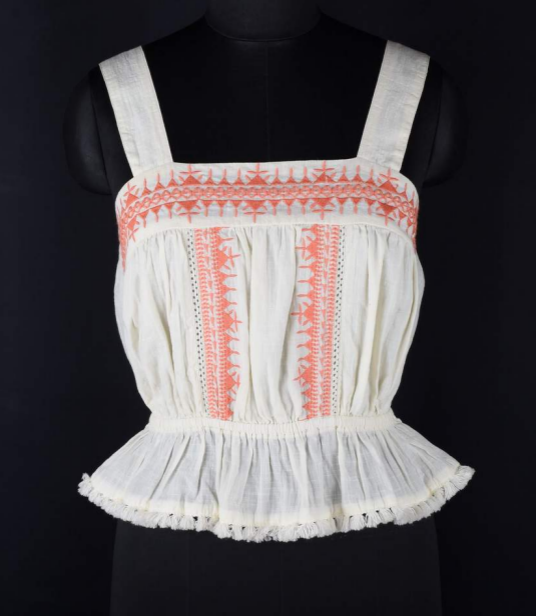A Look Into The Successes & Challenges Of Clothing Exports In India

The Indian clothing exports industry is growing. With over ₹1 trillion in readymade garments export in 2023, the industry is looking up with buyer orders coming in regularly from across the planet. The government is also helping this sector with foreign trade agreements and internal policies, which promote industry growth as well as help businesses gain international market share.
In the past few years as the industry and the world has recovered from the pandemic, there have both high points and new challenges for garment export houses and apparel manufacturers in India. Let’s take a look at both the successes and future challenges of clothing exports in India to get a better understanding of the industry.
Successes of The Clothing Exports in India
-
Foreign Trade Agreements
Thanks to proactive government measures of improving foreign trade and signing Foreign Trade Agreements (FTAs), the garments export industry is seeing growth and is expected to grow even more in the future. Trade agreements with Australia especially have improved trade relations with the country where Indian exporters had to previously pay a 4.8% tariff previously. Compared to other neighbouring countries like China and Bangladesh, which had free trade agreements signed. Australia is an important economy in the southern hemisphere and having free trade agreements with them allow Indian businesses and the overall industry to grow significantly. Apart from Australia, the recent FTA with the UAE has also improved the Indian industry’s standing as UAE is one of the most important markets to serve the Middle East and North African region.
-
Government Policies
Government policies like the Production Linked Incentive (PLI) and Mega Investment Textiles Parks (PM-MITRA) have been introduced to improve garment production and support businesses in growing their production capacities. These government policies have directly helped major readymade garments manufacturers in India expand their businesses with business-friendly infrastructure across seven major business parks across the country.
-
Political Instability in Neighbouring Manufacturing Hubs
China has long been the manufacturing hub of the world. Due to the negative press that China receives due to its questionable labour laws and use of cheap raw materials, global companies have slowly shifted production out of China over the last few years. The companies have opted to send the production responsibilities to India instead thanks to similar labour costs while ensuring that the resultant products are of the utmost quality and manufactured ethically.
Future Challenges of Clothing Exports in India
-
Maintaining Low Production Costs
Maintaining low production costs in the face of inflation is a difficult challenge that faces the garment export houses and clothing exporters in India. Given the rising logistical costs associated with shipping products, the edge Indian products have over other international competitors of offering competitive pricing is something the industry and government have to work together to solve. Maintaining low production costs allows businesses to have a reasonable profit margin from the venture and small businesses especially will suffer significantly if the costing keeps increasing with time.
-
Managing Raw Material Shortage
Even though India is taking strides in improving farming technology and production of raw materials with scientific farming, there is still a looming material shortage present across the country. This is mainly because organic raw materials and fabrics can only be produced in a limited quantity and given the rising market demands, it is difficult for raw material producers to keep meeting the demand. Manufacturers are trying their best to create long-term relationships with suppliers to ensure they don’t have any shortages, but it is creating a gap for smaller manufacturers to stay afloat in the industry.
Conclusion
As new challenges are faced, it is expected that the industry with the help of government and creative problem solving will be able to tackle challenges and continue growing. The top garment manufacturing companies in India are leading the growth of the Indian garments industry in the global scene and if you want to join the journey, check out CheerSagar. CheerSagar is one of the top manufacturers and clothing exporters in India that can help you meet your increasing demands at par with international quality standards. Check out the website to learn more about the services.
Related Blog
How Does Technology Influence Women’s Wear Manufacturing?
With every decade, technology is transforming industries with the advent of new tools, smart devices, and automated machinery. And...
How To Export Apparel In Bulk From India To UAE?
India has been one of the major clothing exporters in the world for a decade now. Several reasons are...
How To Mix Linen And Cotton For Trendy Resort Wear Pants | Expert Tips
One of the most consistent trends that you will see practically everywhere is resort wear. The relaxed fit mixed with...




